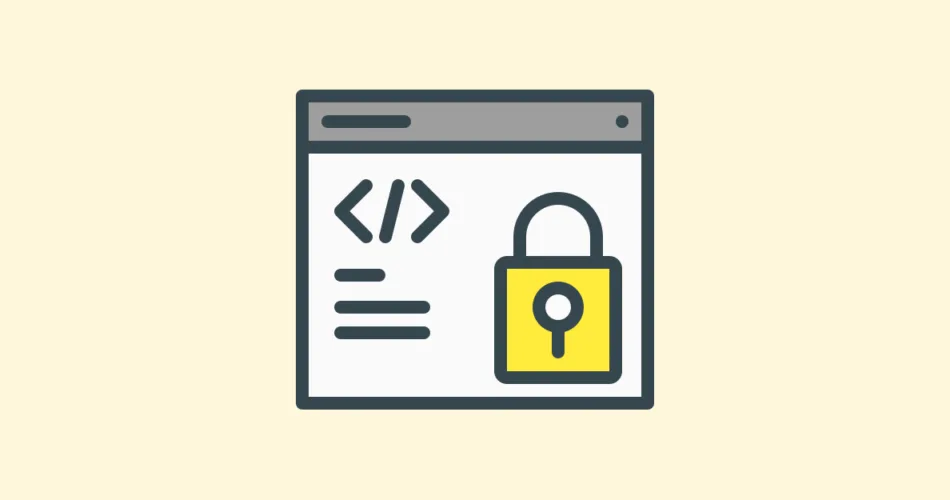Secure Development Lifecycle (SDL) is a systematic and structured approach to integrating security practices throughout the software development process. It’s designed to identify and mitigate security risks early in the development lifecycle, ensuring that security is an integral part of the application from the start. In this article, we’ll explore the key aspects of SDL and how it enhances software security.
Integrating Security Throughout Development
SDL begins at the very inception of a software project and extends through its entire lifecycle. It encompasses the following stages:
- Requirements: Define security requirements and expectations. Identify potential threats and vulnerabilities early in the project.
- Design: Incorporate security principles into the architectural design. Apply security patterns and best practices.
- Development: Code with security in mind. Follow secure coding guidelines and practices. Use static analysis tools to identify vulnerabilities.
- Testing: Conduct security testing, including penetration testing, vulnerability scanning, and code review for security vulnerabilities.
- Deployment: Ensure secure configuration of servers and databases. Implement access controls and encryption where necessary.
- Maintenance: Continuously monitor and update the application to address emerging security threats and vulnerabilities.
Code Reviews for Security Vulnerabilities
Code reviews are a critical component of SDL. They involve a meticulous examination of the source code to identify security vulnerabilities and coding errors. Here’s how code reviews contribute to improved security:
- Vulnerability Detection: Code reviews can uncover security issues that might be missed during other testing phases.
- Knowledge Sharing: They facilitate knowledge sharing among team members, helping developers learn from each other’s security insights.
- Early Resolution: Identifying vulnerabilities early allows for quicker resolution, reducing the cost and impact of security incidents.
- Security Culture: Regular code reviews promote a security-aware culture within the development team.
In conclusion, Secure Development Lifecycle (SDL) is an essential approach for building secure software from the ground up. It ensures that security is not an afterthought but a fundamental consideration throughout the software development process. By integrating security practices into requirements, design, development, testing, deployment, and maintenance, SDL helps organizations reduce the risk of security breaches and deliver more secure software to their users.
Subscribe to our email newsletter to get the latest posts delivered right to your email.


Comments